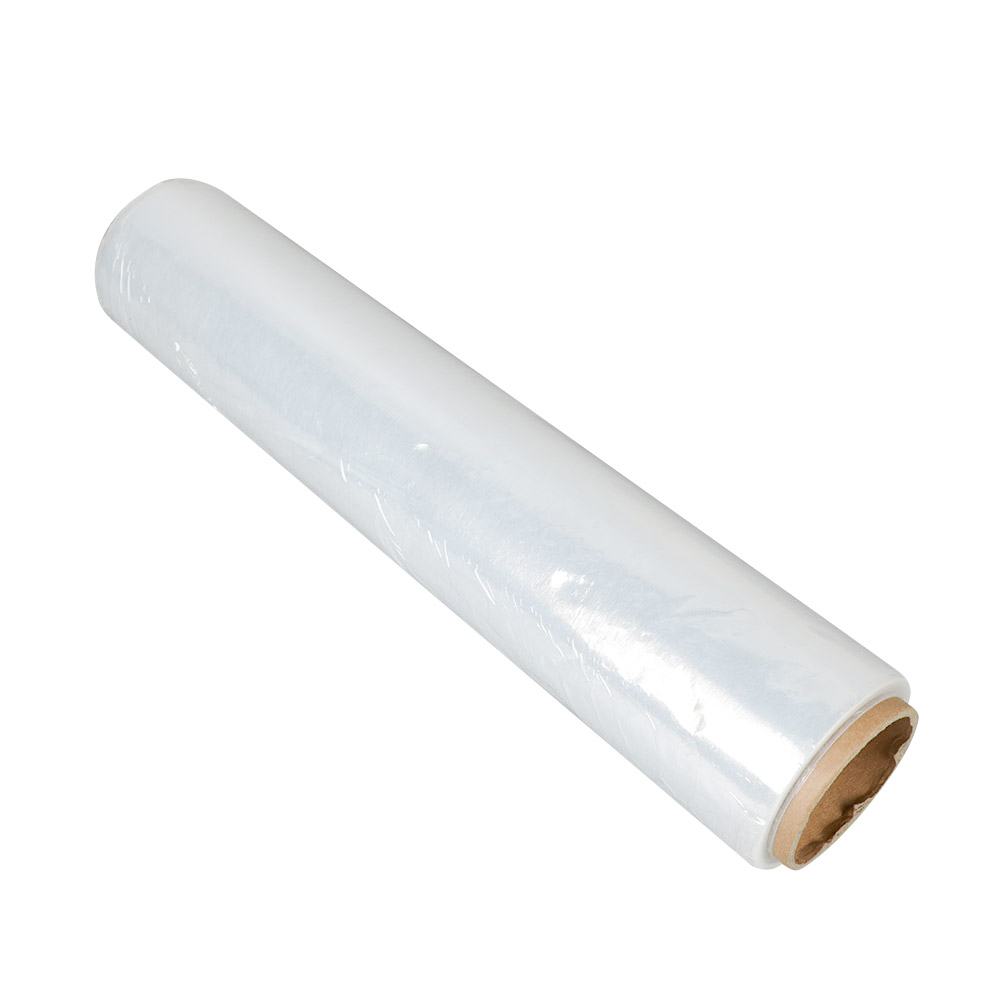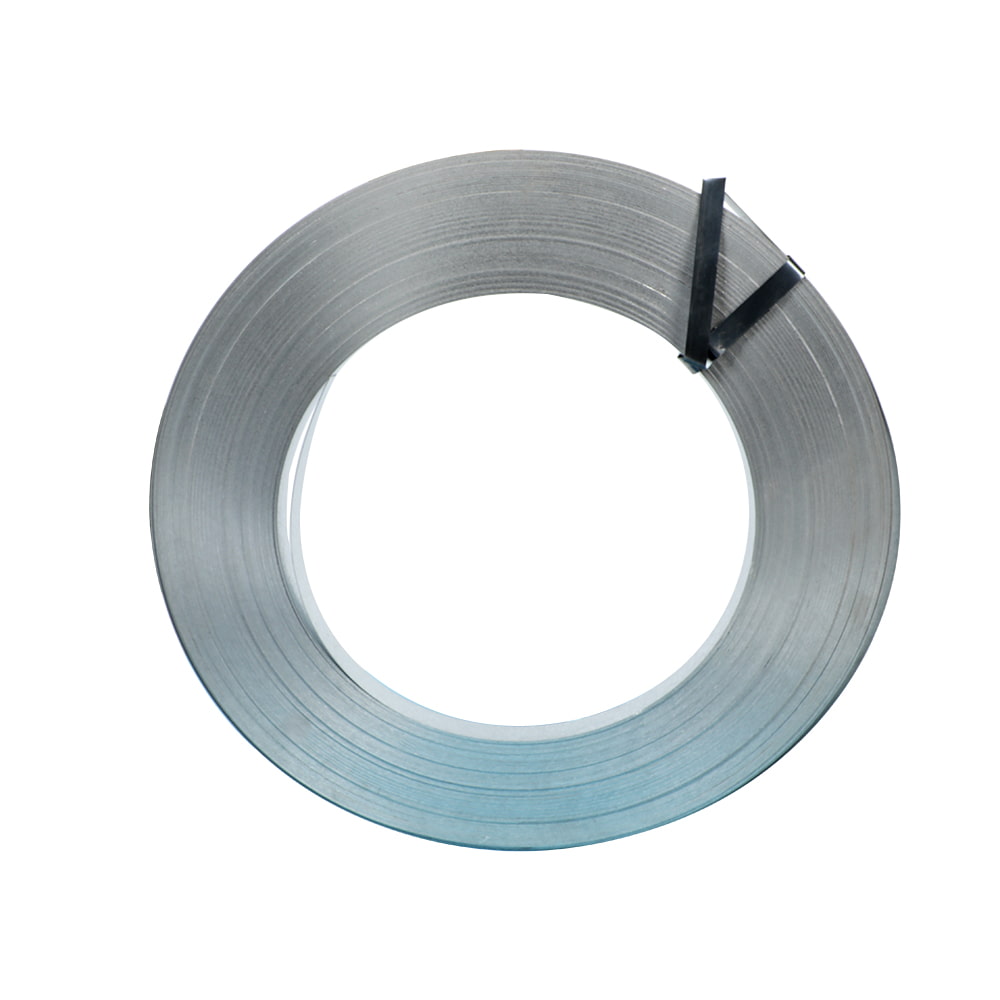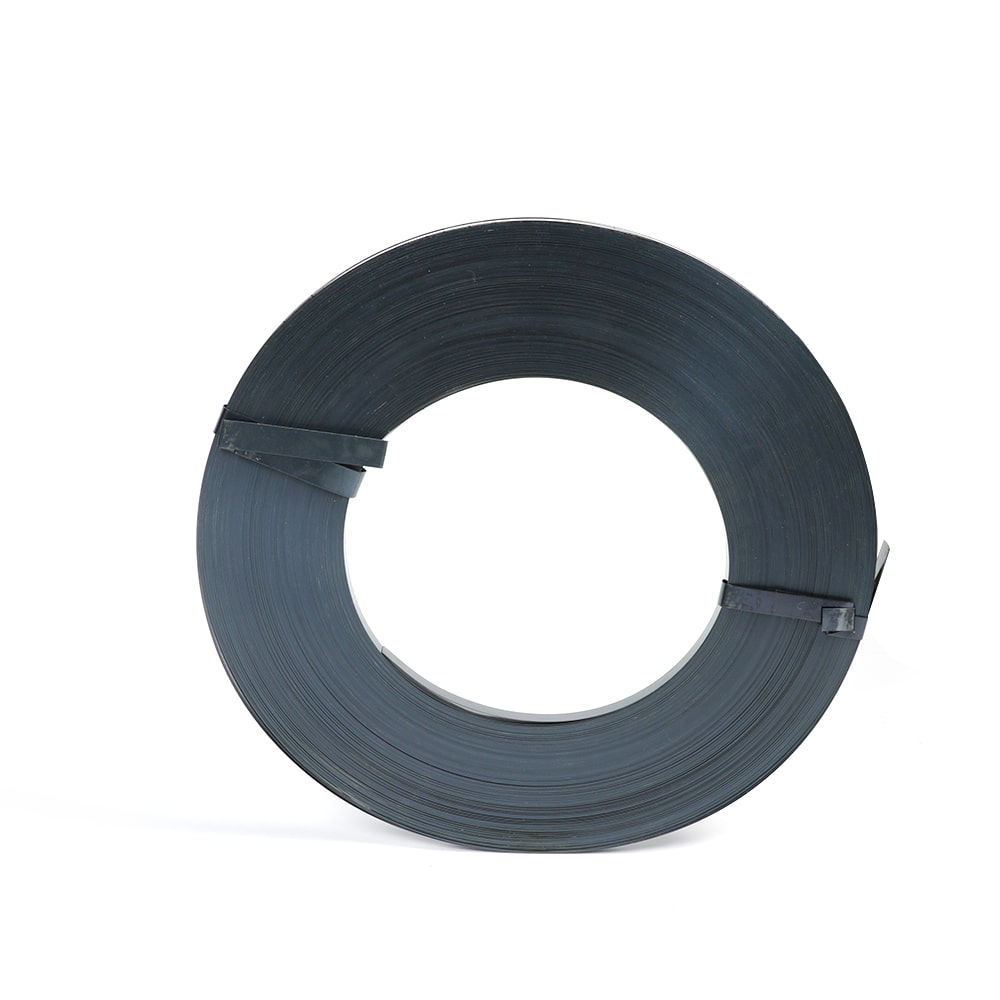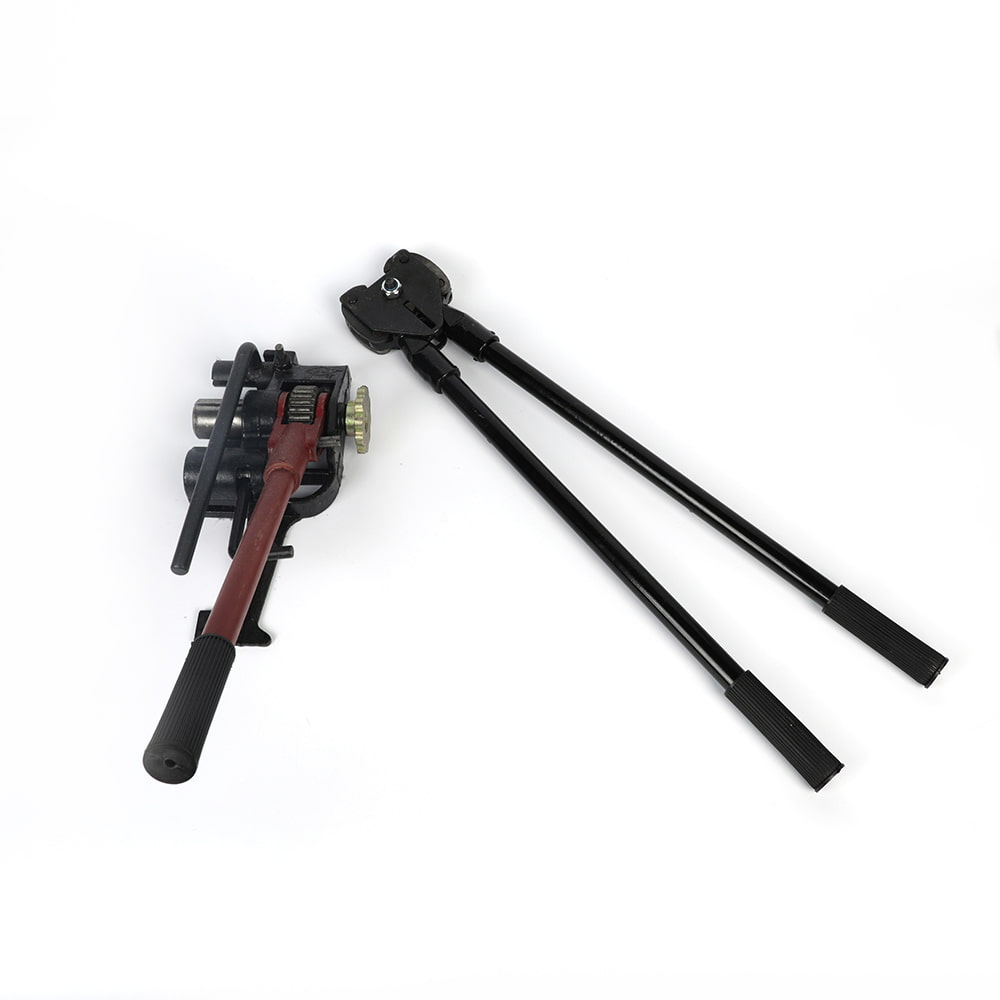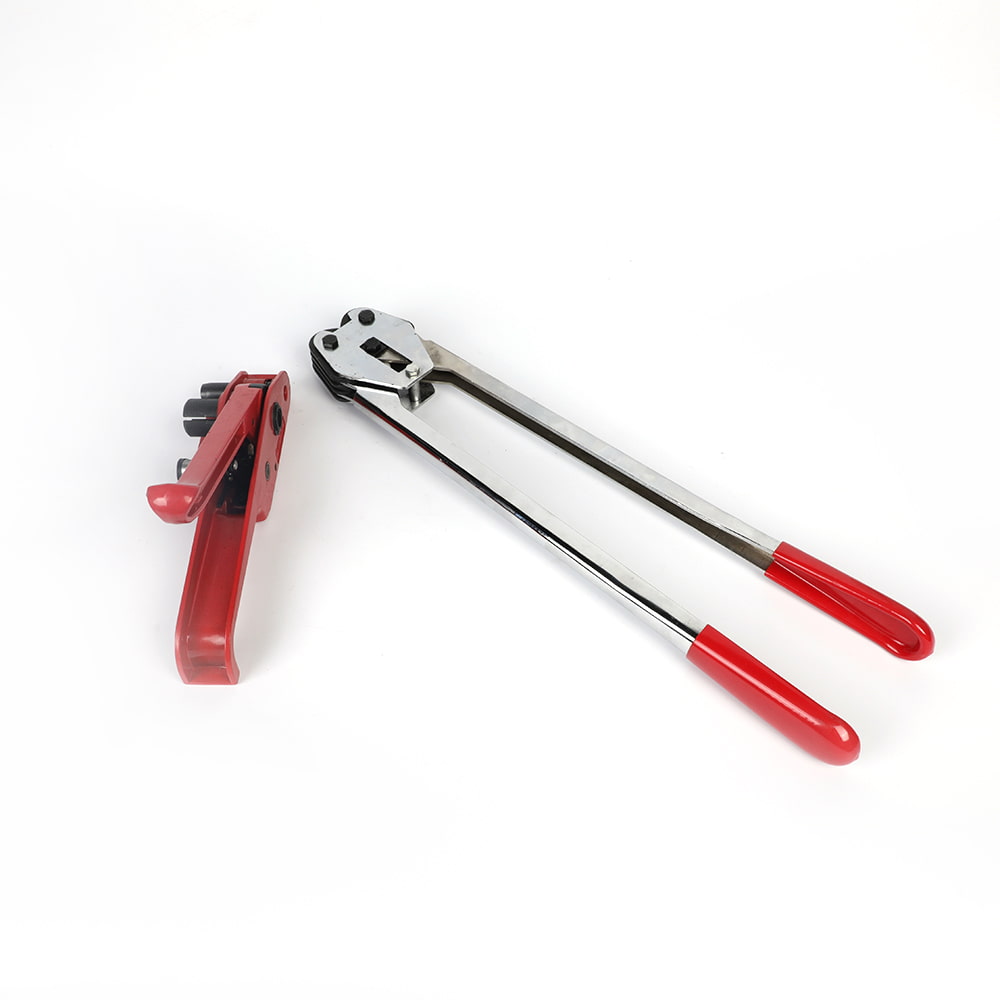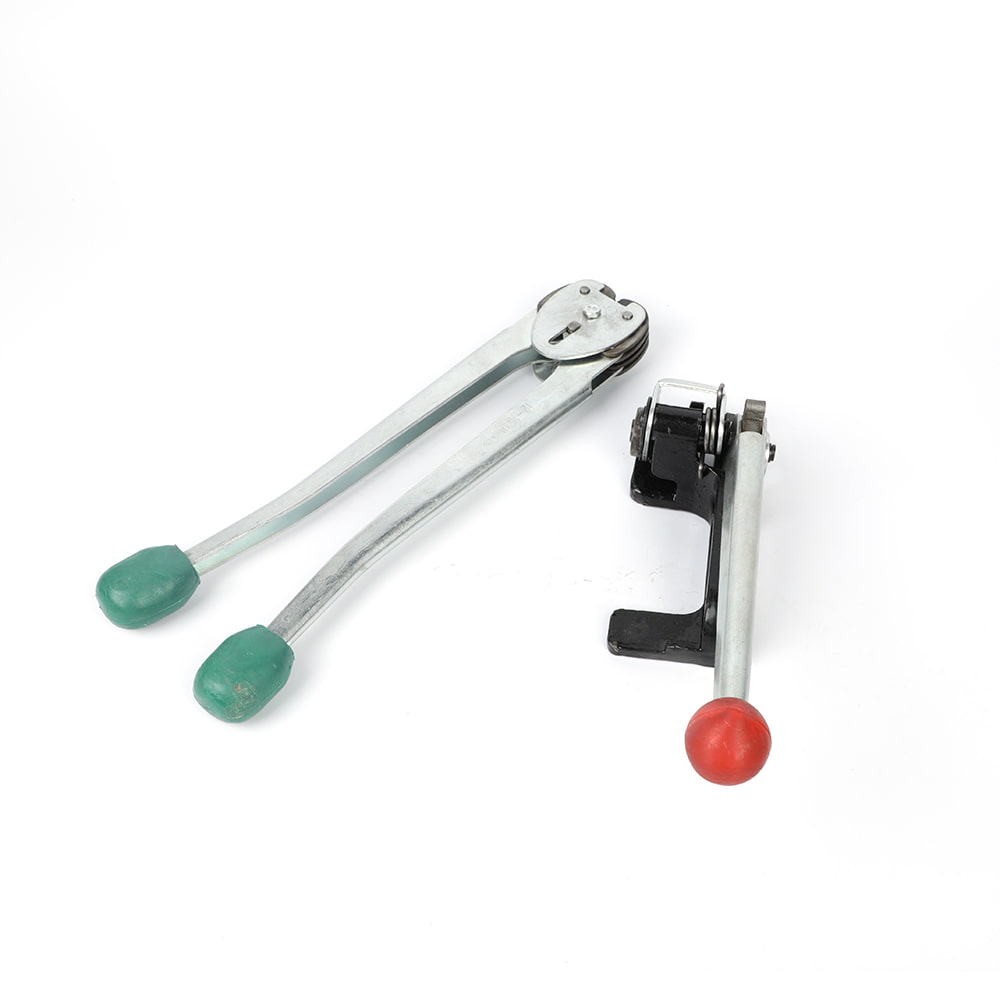How does the choice between semi-automatic and fully automatic Steel Strapping Machines impact productivity and labor costs?
Author:admin Date:2024-02-19
The choice between semi-automatic and fully automatic steel strapping machines can significantly impact productivity and labor costs in industrial settings. Here's how each type can affect these factors:
Semi-automatic Steel Strapping Machines:
Productivity: Semi-automatic machines require some level of manual intervention for loading, positioning, and starting the strapping process. While they are faster than manual methods, they are generally slower than fully automatic machines. Productivity depends on the speed and skill of the operator.
Labor Costs: Semi-automatic machines require operators to be present to handle the loading and strapping process. While they may be more efficient than manual methods, they still involve labor costs associated with operating and monitoring the machine. However, these costs are typically lower compared to fully automatic machines because fewer operators are needed, and they require less specialized training.
Fully Automatic Steel Strapping Machines:
Productivity: Fully automatic machines are capable of performing all strapping operations autonomously, including feeding, tensioning, sealing, and cutting the strap without operator intervention. They are generally faster and more consistent in performance compared to semi-automatic machines, leading to higher productivity levels.
Labor Costs: Fully automatic machines require minimal operator intervention, mainly for monitoring and maintenance tasks. While initial setup and occasional troubleshooting may require skilled personnel, the ongoing labor costs are significantly lower compared to semi-automatic machines. Additionally, fully automatic machines can operate continuously without breaks, reducing the need for multiple shifts or additional labor.
In summary, the choice between semi-automatic and fully automatic steel strapping machines depends on factors such as the volume of strapping required, the desired level of automation, and the available budget. While semi-automatic machines offer a balance between productivity and labor costs, fully automatic machines provide higher productivity levels and lower long-term labor expenses, making them suitable for high-volume production environments where efficiency is paramount.
Semi-automatic Steel Strapping Machines:
Productivity: Semi-automatic machines require some level of manual intervention for loading, positioning, and starting the strapping process. While they are faster than manual methods, they are generally slower than fully automatic machines. Productivity depends on the speed and skill of the operator.
Labor Costs: Semi-automatic machines require operators to be present to handle the loading and strapping process. While they may be more efficient than manual methods, they still involve labor costs associated with operating and monitoring the machine. However, these costs are typically lower compared to fully automatic machines because fewer operators are needed, and they require less specialized training.
Fully Automatic Steel Strapping Machines:
Productivity: Fully automatic machines are capable of performing all strapping operations autonomously, including feeding, tensioning, sealing, and cutting the strap without operator intervention. They are generally faster and more consistent in performance compared to semi-automatic machines, leading to higher productivity levels.
Labor Costs: Fully automatic machines require minimal operator intervention, mainly for monitoring and maintenance tasks. While initial setup and occasional troubleshooting may require skilled personnel, the ongoing labor costs are significantly lower compared to semi-automatic machines. Additionally, fully automatic machines can operate continuously without breaks, reducing the need for multiple shifts or additional labor.
In summary, the choice between semi-automatic and fully automatic steel strapping machines depends on factors such as the volume of strapping required, the desired level of automation, and the available budget. While semi-automatic machines offer a balance between productivity and labor costs, fully automatic machines provide higher productivity levels and lower long-term labor expenses, making them suitable for high-volume production environments where efficiency is paramount.

 EN
EN 
 English
English 中文简体
中文简体

